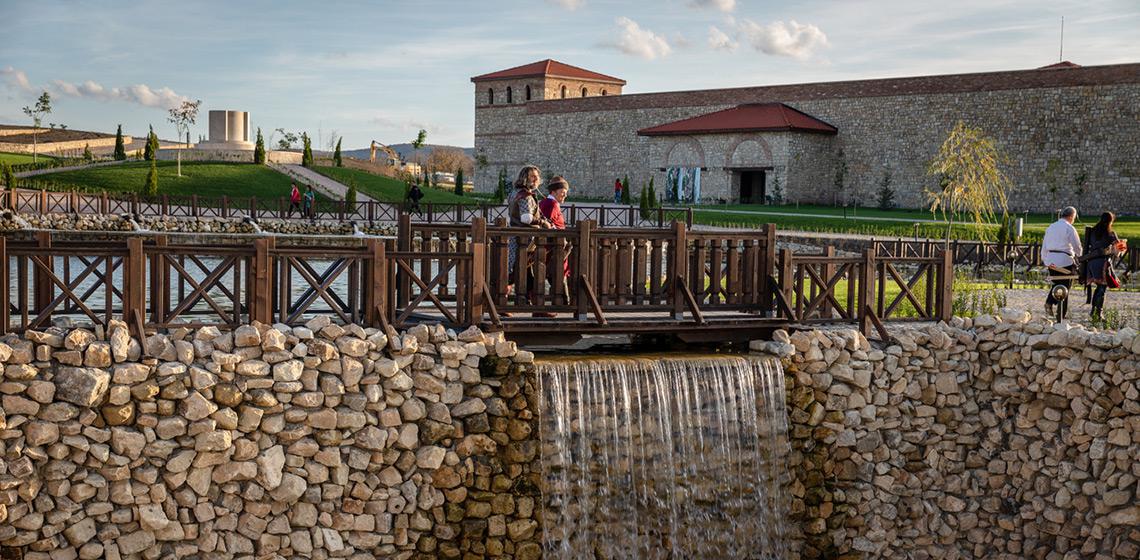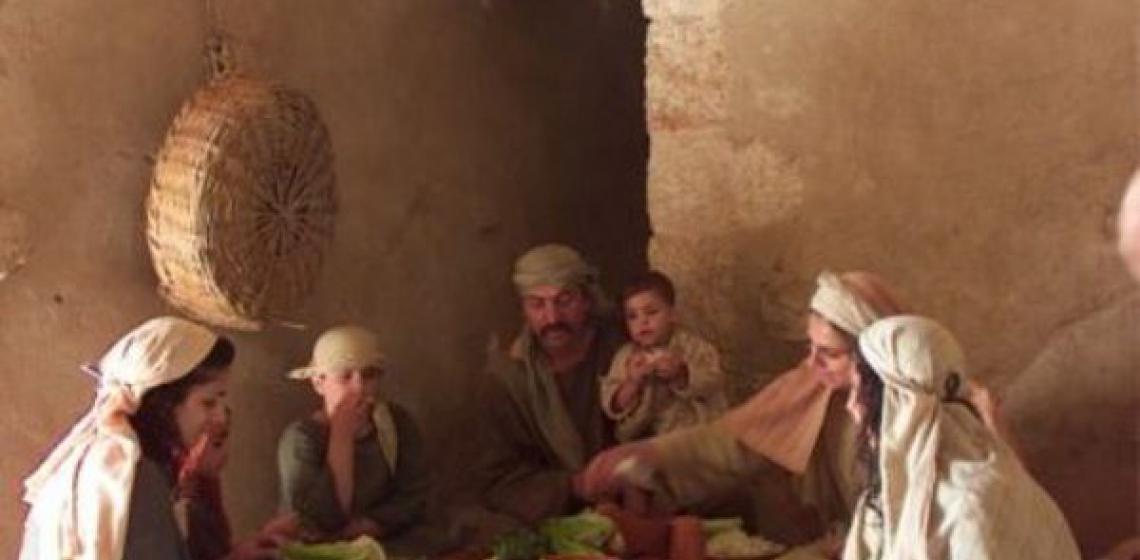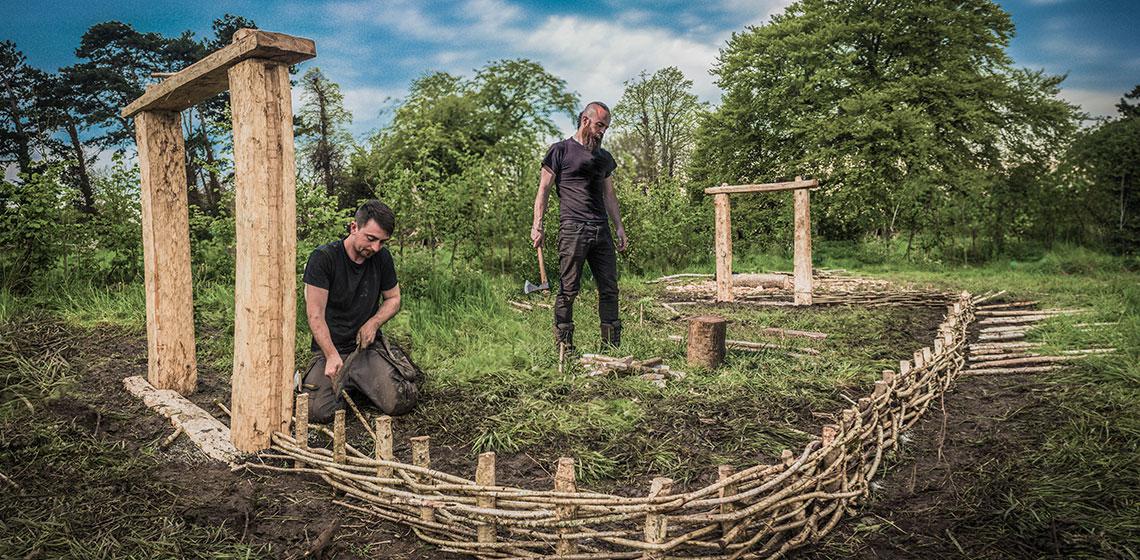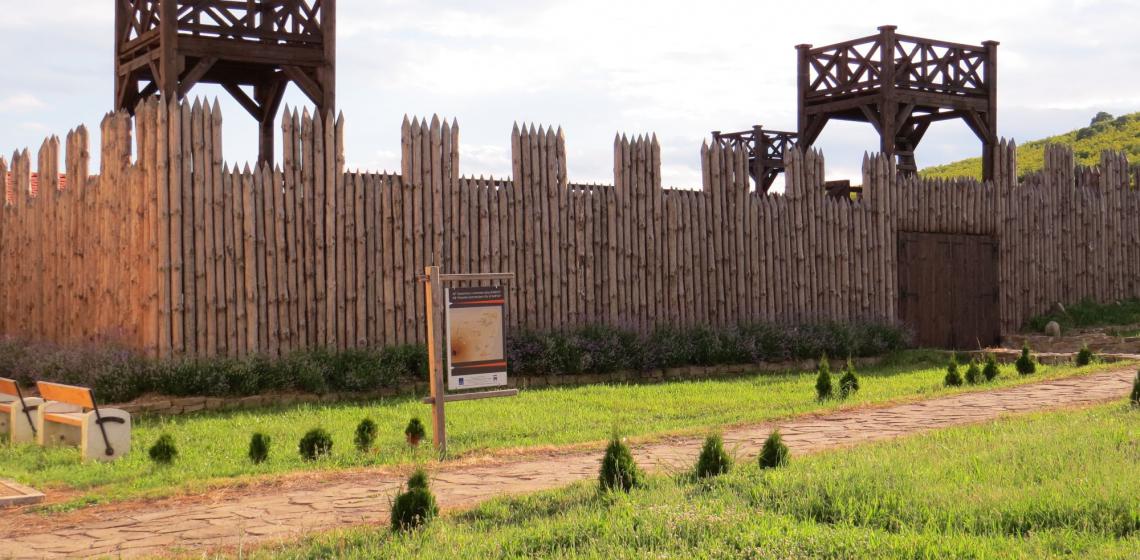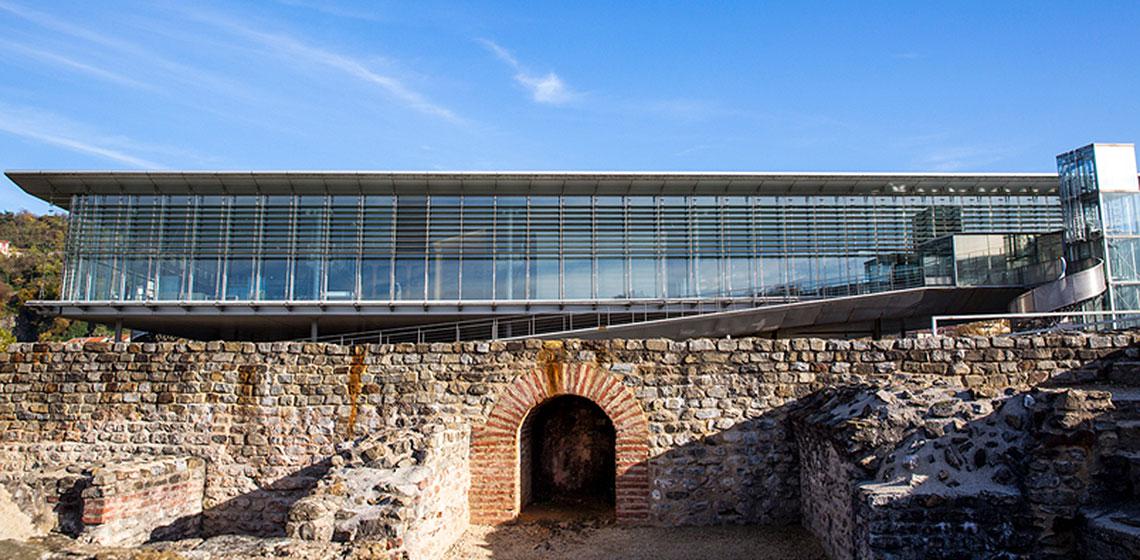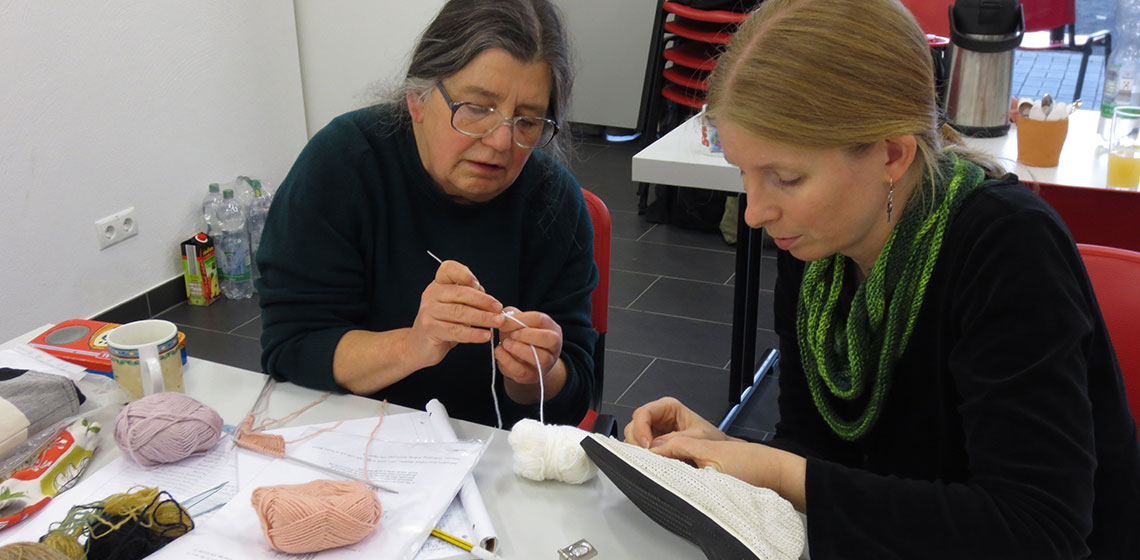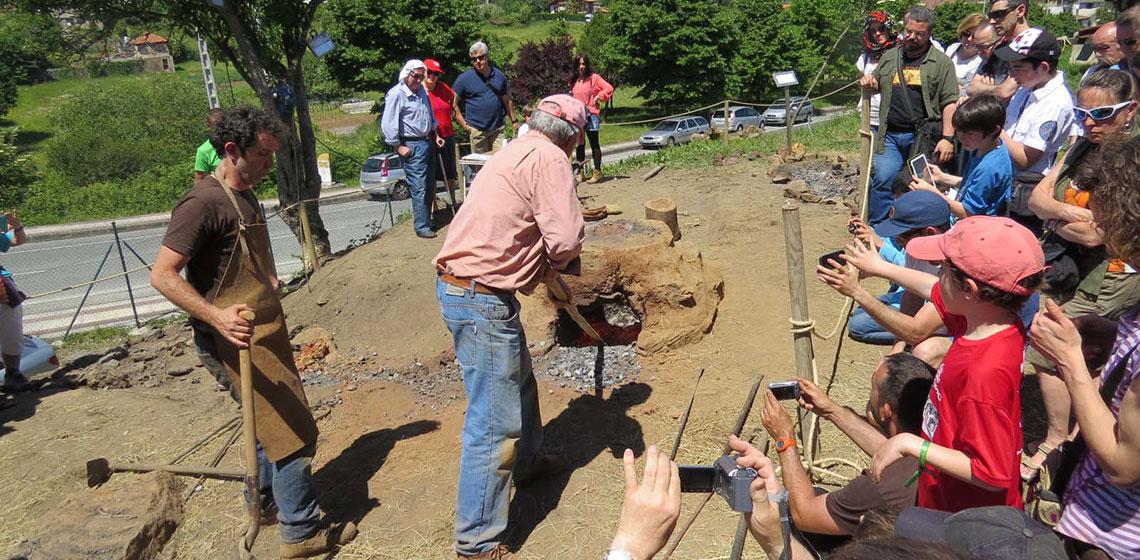Historical Park (BG)
In today's Bulgaria there are over 40 000 cultural and historical monuments, amongst which are significant prehistoric findings, Thracian tombs, objects from the Ancient Greek Age, Roman fortresses, monuments from the First and the Second Bulgarian Kingdom as well as other architectural landmarks from the period of the Renaissance.

